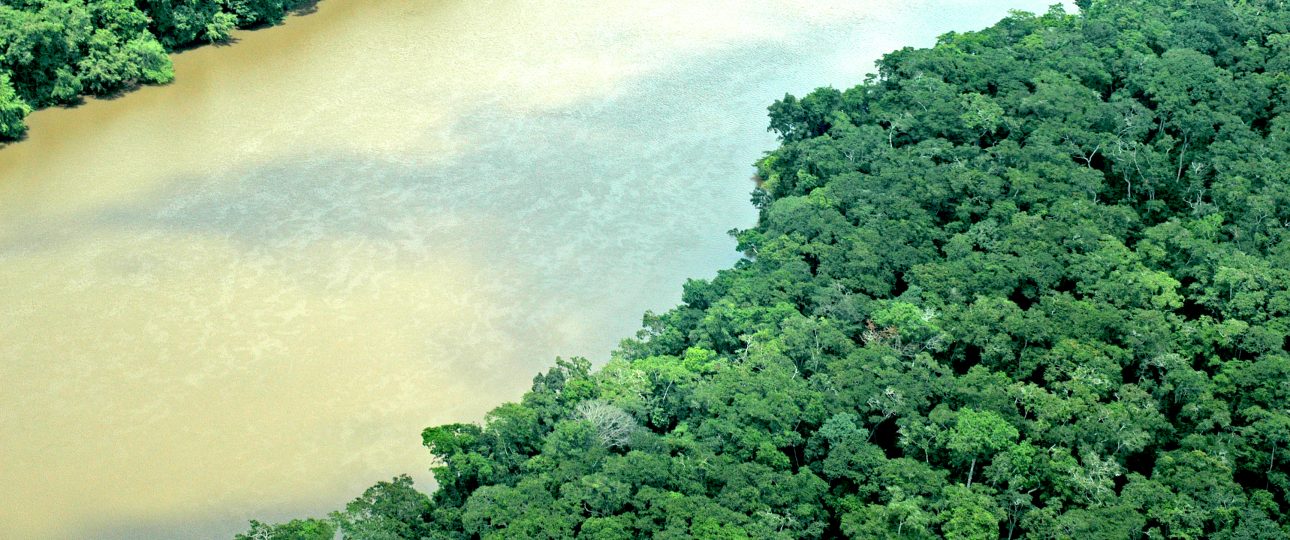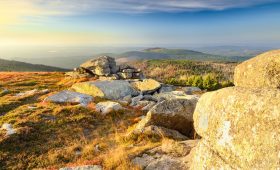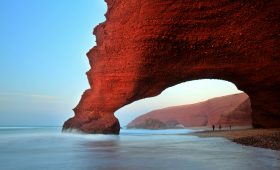Exploring the Sangha River: A Journey Through Central Africa
Discovering the Natural Wonders
The Sangha River, a tributary of the Congo River, offers a unique glimpse into the diverse ecosystems of Central Africa. Formed at the confluence of the Mambéré and Kadéï Rivers in Nola, Central African Republic, it flows along the borders of Cameroon and the Republic of Congo. This river is a part of a protected Ramsar site, highlighting its ecological significance.
The river’s lush rainforests are home to an impressive array of wildlife. Keep an eye out for forest elephants, chimpanzees, and a variety of bird species. A guided canoe trip provides an excellent opportunity to observe these animals in their natural habitat. As you glide through the waters, you might spot crocodiles sunning themselves on the banks or hear the calls of exotic birds echoing through the trees.
Cultural Insights Along the River
The Sangha River region is not just about natural beauty; it also offers rich cultural experiences. The indigenous communities, including the Baka people, have preserved their traditions for generations. Engaging with these communities provides a deeper understanding of their customs and way of life.
Visitors can enjoy traditional music and dance performances by the Baka people. These vibrant displays are not just entertainment; they are a window into the cultural heritage of the region. Exploring local villages offers further insight into daily life, traditional crafts, and the flavors of Central African cuisine.
When to Visit
The climate in the Sangha River region is tropical, with distinct dry and rainy seasons. The dry season, from November to April, is ideal for visiting. During this time, the weather is more predictable, with clear skies and lower humidity, making it perfect for outdoor activities and wildlife viewing. The river’s water levels are lower, offering better visibility for exploring.
However, the rainy season from May to October transforms the landscape into a lush, vibrant environment. While the trails may be muddier and mosquitoes more prevalent, the scenery is breathtaking, with the rainforest teeming with life.
Getting There and Around
Reaching the Sangha River requires some planning. The journey typically begins with a flight into Bangui M’Poko International Airport, the main gateway to the Central African Republic. From there, travelers can take a domestic flight or drive to Bayanga, the nearest town to the river.
Once in Bayanga, local guides or organized tours can help navigate the dense forests and waterways. Traveling by boat is the primary mode of transportation along the river, allowing access to remote areas and close encounters with wildlife. Renting a vehicle is an option, but it demands careful preparation and a sense of adventure.
While the Sangha River offers incredible experiences, it’s essential to be aware of the challenges. The remote location means limited infrastructure, and travelers should be prepared for basic accommodations and potential health risks like malaria. However, for those willing to embrace the adventure, the Sangha River promises an unforgettable journey through one of Africa’s most fascinating regions.




